Regeneration is the natural process of replacing or restoring cells that have been lost or damaged due to injury or disease. A few animals can regrow entire organs or other body parts, but most have limited abilities to regenerate.
Scientists in the field of regenerative medicine study how some animals are able to rebuild lost body parts. By better understanding these processes and learning how to control them, researchers hope to develop new methods to treat injuries and diseases in people.
Take this quiz to test what you know about regeneration and regenerative medicine. Then check out our Regeneration fact sheet and the regeneration issue of Pathways, a teaching resource produced in collaboration with Scholastic.
Continue reading “Quiz Yourself to Grow What You Know About Regeneration”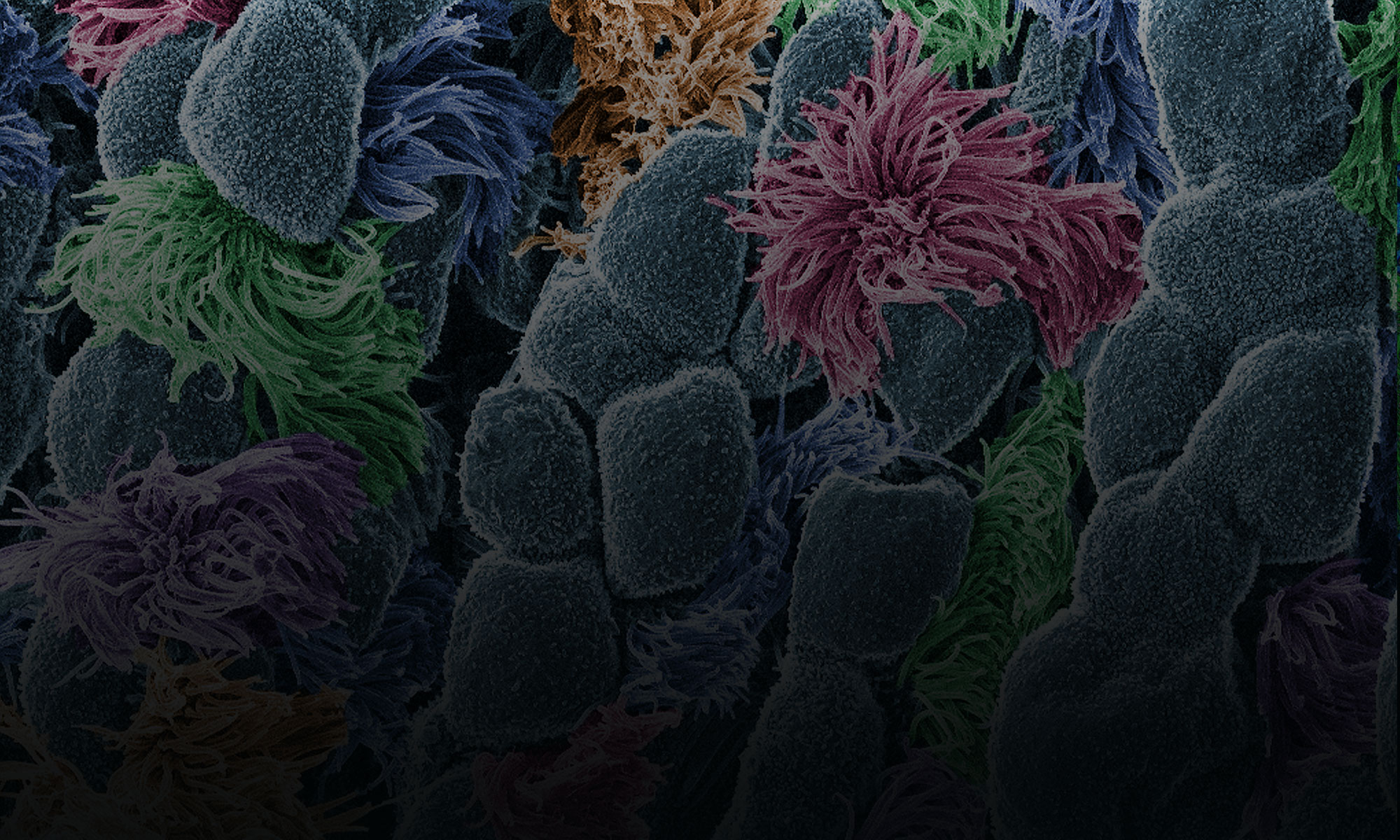

 Michael Boyce, associate professor of biochemistry at Duke University in Durham, North Carolina. Credit: Michael Boyce.
Michael Boyce, associate professor of biochemistry at Duke University in Durham, North Carolina. Credit: Michael Boyce.
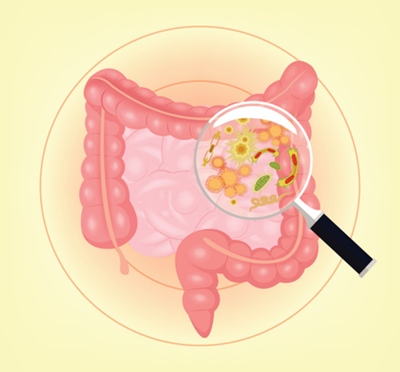 Microbiota in the intestines. Credit: iStock.
Microbiota in the intestines. Credit: iStock.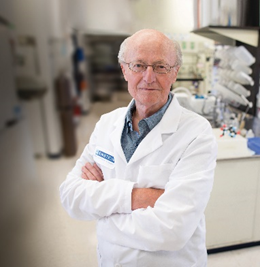 Vern Schramm, professor of biochemistry at Albert Einstein College of Medicine, Bronx, New York. Credit: Albert Einstein College of Medicine.
Vern Schramm, professor of biochemistry at Albert Einstein College of Medicine, Bronx, New York. Credit: Albert Einstein College of Medicine.

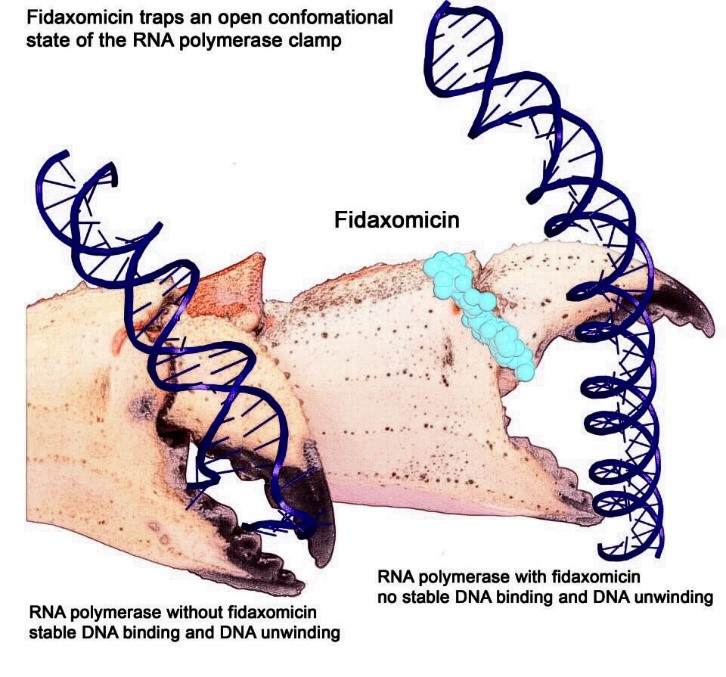 Artist interpretation of RNAP grasping and unwinding a DNA double helix. Credit: Wei Lin and Richard H. Ebright.
Artist interpretation of RNAP grasping and unwinding a DNA double helix. Credit: Wei Lin and Richard H. Ebright.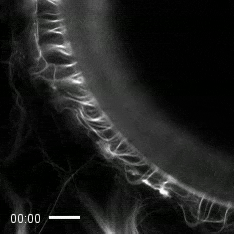 Credit: Zvonimir Dogic, Brandeis University.
Credit: Zvonimir Dogic, Brandeis University.